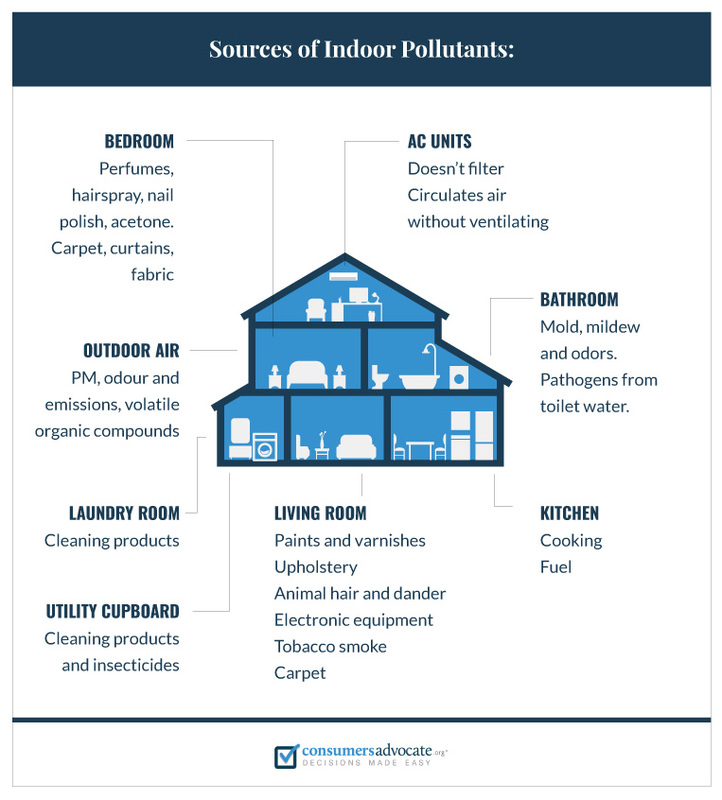Air Quality and COVID-19
How does indoor air quality impact COVID-19 transmission?
As the weather gets colder and people are spending more time indoors, healthcare professionals and engineers believe that indoor air purifiers could play a role in helping protect your family from COVID-19.
Air purifiers are not a cure-all, CDC guidelines should be closely followed regarding hand washing, social distancing, and face masks. However, personal air purifiers for your home or office may offer an additional layer of protection when used in conjunction with these other recommended precautions.
It is widely accepted that the coronavirus can spread in multiple ways. It is unclear how much droplets, and contaminated surfaces, compared to aerosolized particles are responsible for contributing to the transmission of COVID-19. Yet, according to the technical lead for WHO (World Health Organization), the probability of airborne transmission especially in specific conditions, such as closed, and poorly ventilated indoor settings — cannot be ruled out. More about this can be read at the WHO’s scientific briefing.
Can air purifiers provide an additional layer of protection by removing a percentage of virus particles from the air?

At first air filters were not thought to be very effective at removing the virus from the air since COVID-19 particles are too small for a HEPA filter to reliably catch. However, when these micro-droplets are exhaled by a human they are embedded in saliva and mucus, in fact, the virus cannot live in the air without this protective coating. Thankfully, this also makes the virus particles significantly larger and easily filtered out by quality air purifiers. Recent tests indicate the use of indoor air purifiers can decrease concentrations of virus particles in the air, thus providing a clear benefit by reducing the potential for exposure.
Learn more about the best air purifier for you by taking advantage of in-depth research and reviews in this comprehensive guide from Consumers Advocate. Remember that personal air purifiers also filter out allergens, dust, and chemicals. Although a quality air purifier can be expensive. In this case, the potential benefits outweigh the costs. Think of it as a healthcare tool and investment in your health and future. Indoor air quality is important, and with the additional threat that COVID-19 poses, it is better to be safe than sorry. Schedule a home air quality test from Environmental Doctor and make a plan to improve your indoor air quality today!

